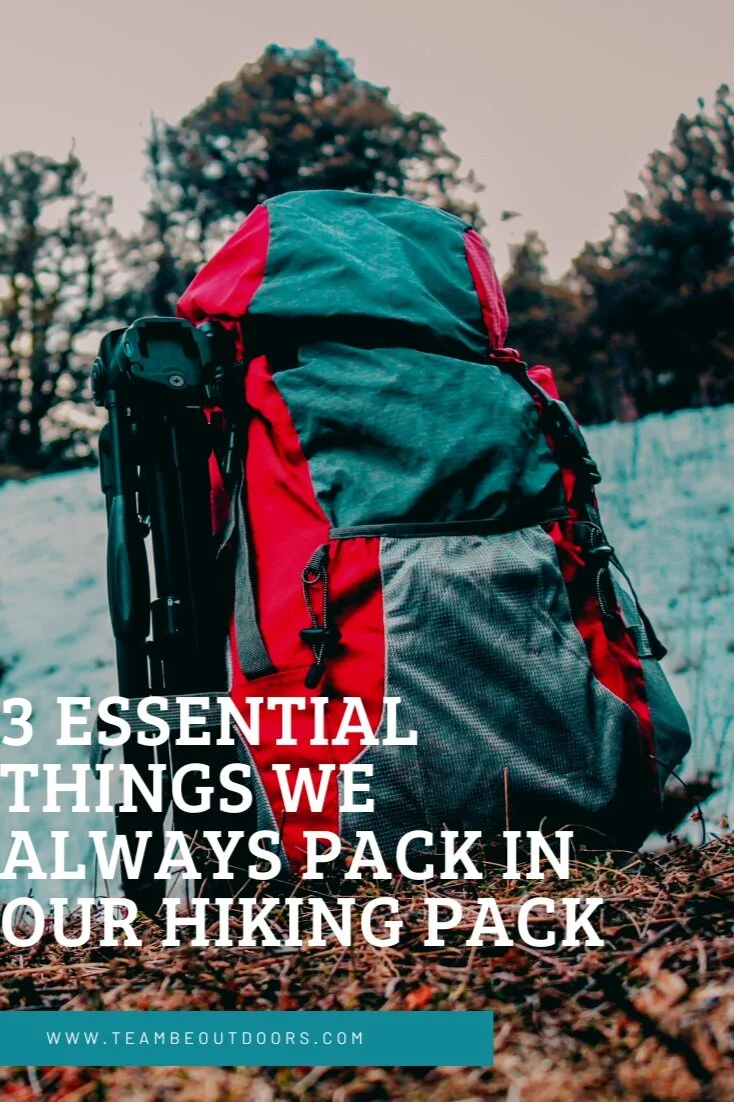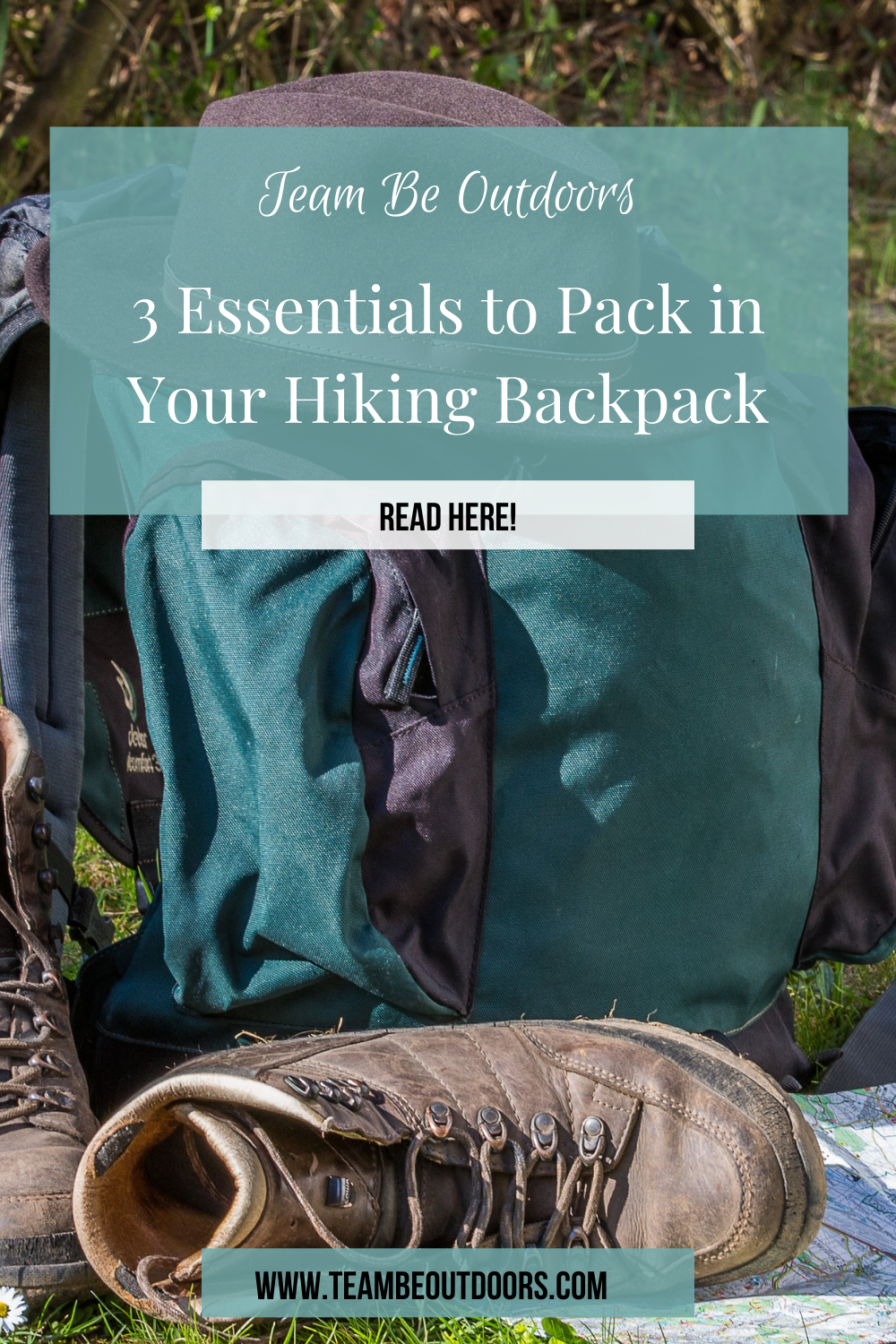Disclaimer: this is an opinion about our personal experience of this hike. Others may have a different opinion, and that is perfectly acceptable. Everyone has a right to their own opinion.
If you live on the southwest side of Denver and are looking for a great hike that doesn’t take too long to drive to, this is one we would recommend!
The Legault Mountain trail is a 5 1/4 mile hike, part of which is a loop, and other parts are out and back. What we mean by that is after the first mile or so, there is a split and you can pick to go left or right - either way will get you to the same place. If you are looking to head to the summit, there is a spot at the top of the loop that branches off, and becomes an out and back.
Trailhead!
Parking:
This hike has limited park lot parking, so unless you get there really early in the summer, be prepared to park on the side of the road. When we went, we had about a 1/4 mile walk to get to the trailhead from where we found parking on the side of the road. Luckily, there is a lot of road side availability!
Restrooms:
Yes, there is a restroom vault on this hike! They were closed for cleaning when we hiked by them, and we didn’t need to use them on the way down, so we don’t know what they offer as to running water or not.
The Hike:
We give this hike a 4 out of 5 stars. It has a wonderful mix of steep inclines and flat trail. When we hiked, it was rainy and the trail didn’t get slick or overly washed out. The reviews on AllTrails said the views from the top were amazing - we were unable to see much due to the rain, so we will be back to check them out in the future!
Know before you go:
The turn off to continue to the top of the mountain is not marked. There is a downed tree that kind of blocks off the turn, so the first time we hiked on by without realizing it was the turn off to continue up. Luckily, it’s a loop, so if you miss the turn like we did, you are heading back down to the base - you will not get lost.
It’s crowded. We knew it would be crowded and chose to hike it anyway - but based on the amount of vehicles parked on the side of the road on a day that was rainy and cooler, it has to be extremely crowded on nice days.
You will be able to hear traffic from 285 for pretty much the entire hike. While it didn’t bother us too much, if you are looking to only hear the sounds of birds chirping and the wind between the leaves, you’ll be disappointed to know that the sounds you are hearing are in fact the motorcycles out for a day drive along 285.
There are TONS of designated picnic spots! If you are interested in sitting at a table and enjoying lunch or a snack, there are a lot of picnic tables at the base of the hike.
All in, we liked the hike and want to return when the sun in shining so we can check out the views from the top! If you check this hike out, or already have, let us know what you think of it in the comments!
Happy Trails!
~ Team Be Outdoors
Sunny Aspen Trail is the loop that will take you up and back down - it does not matter which way you choose to go.
Behind this downed tree is the trail that will take you to the top. There is no sign pointing up - it’s to the left from this photo perspective - so you just have to know where it is, or use your GPS to find it.







































